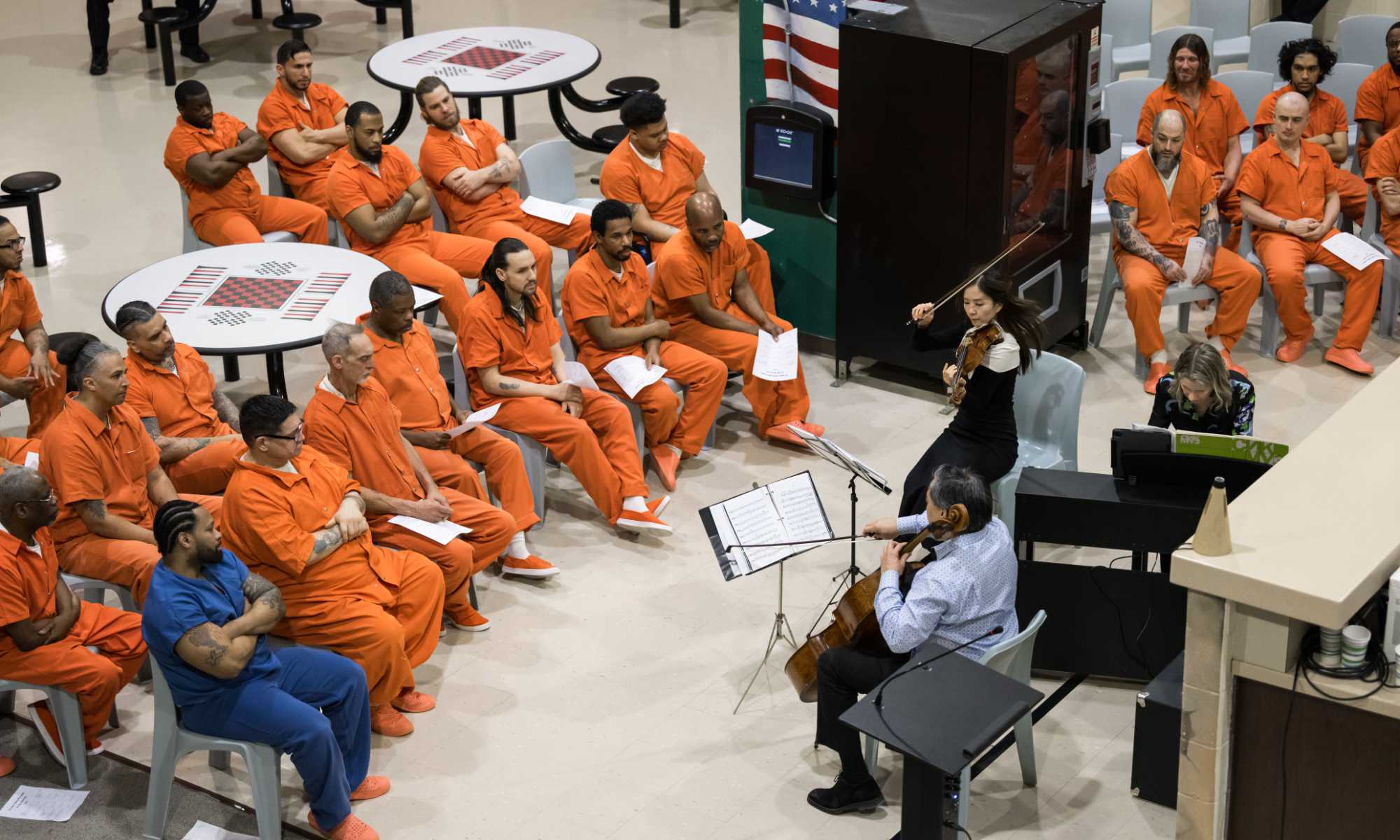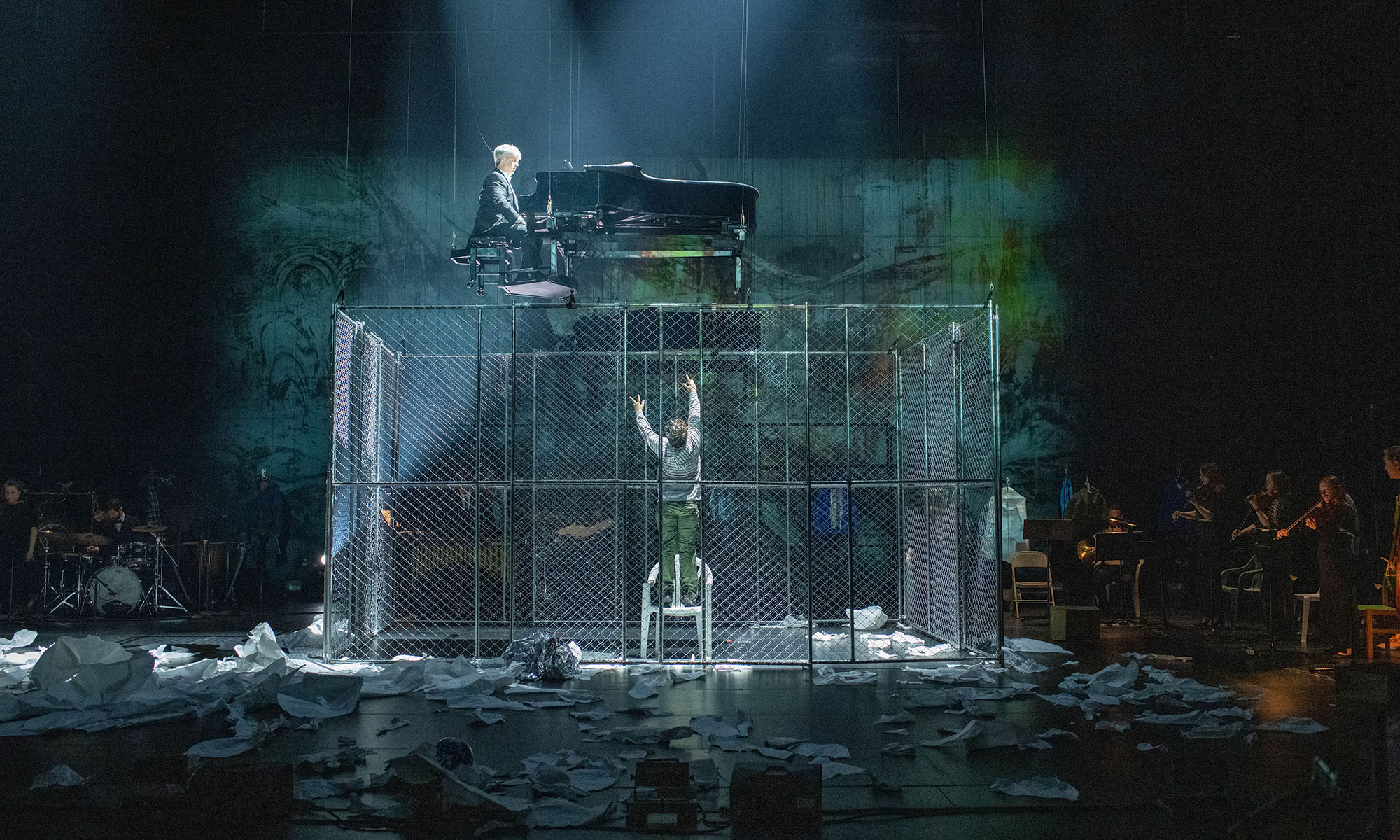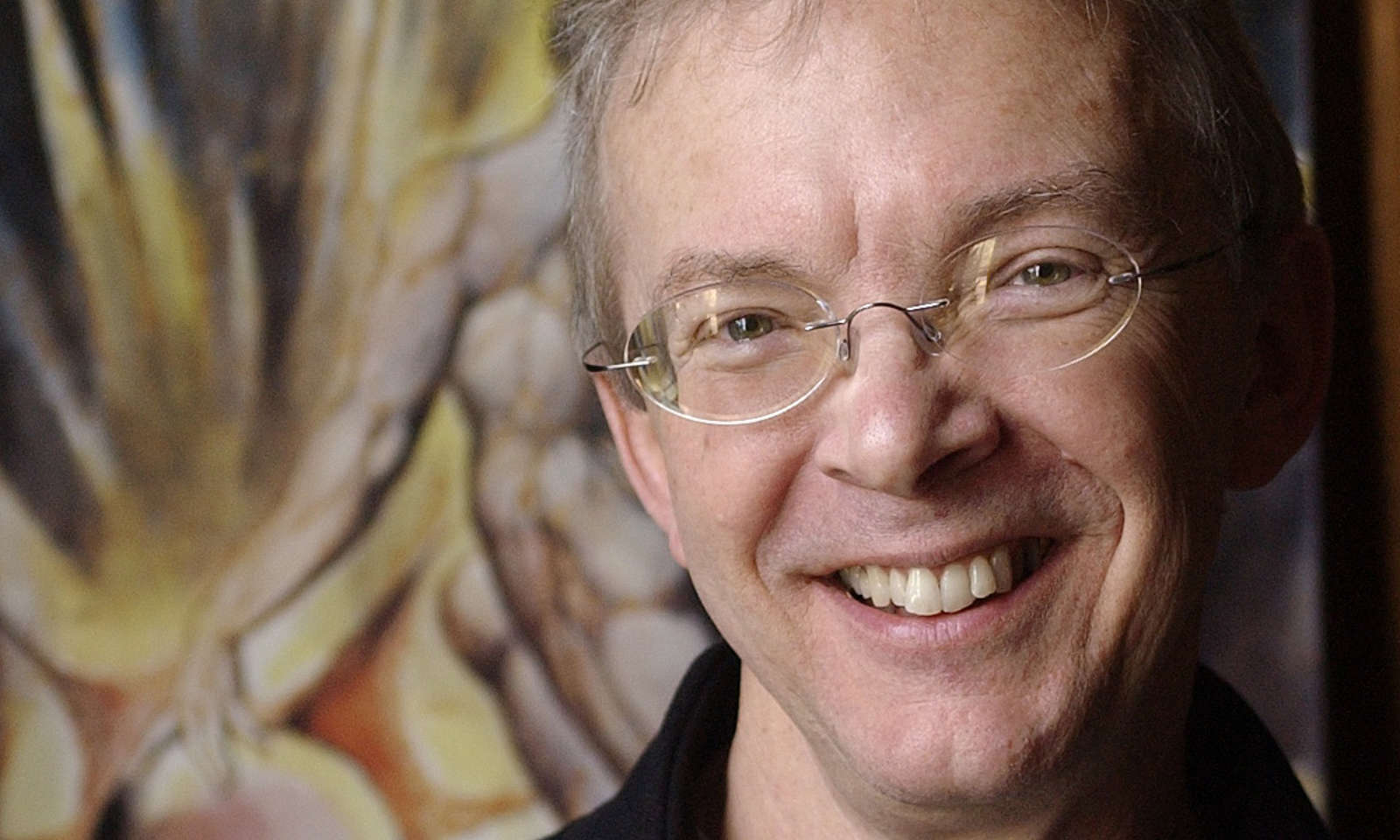With an NYC Media Lab Museum Initiative grant, the partnership expands the museum’s digital reach.
In spring 2022, five University of Rochester seniors majoring in digital media studies were engrossed in their capstone project, assisting the efforts of the University’s Memorial Art Gallery (MAG) to make greater use of digital technologies in its exhibits and educational programming. One year later, not only is their capstone long complete, but a partnership between the Memorial Art Gallery and the digital media studies team has resulted in new educational materials available to a national audience of educators and students through a portal created by Verizon to help promote digital equity among the nation’s schoolchildren.
By visiting Verizon Innovative Learning HQ, educators, who are provided an access code, can find 10 lessons that draw on works in the Memorial Art Gallery collections to teach a social studies unit targeted to second graders. The lessons are a prime example of arts integration in the classroom, an approach to teaching that conveys subject matter in other areas of study through close examination of art and participation in art-making. The lessons expose schoolchildren (and their teachers) to advanced technologies—in this case, AR, or augmented reality—that many students may not otherwise encounter in their formative years.
From capstone students to grant winners
“We excel at collaborating and finding solutions to real world problems in our community,” says Stephanie Ashenfelder, an assistant professor of studio arts, describing the Undergraduate Program in Digital Media Studies, which she directs. “This project is quintessentially Digital Media Studies at the University of Rochester.”
Early in the spring 2022 semester, five seniors in Ashenfelder’s capstone course—Gina Romanazzi, Gevher Karboga, Bradley Martin, Nesli Oruc, and Yifan Jiang—approached the University’s art museum about expanding its digital presence.
Says Romanazzi, “With the pandemic in mind, we wanted to expand the in-person experience so that you could observe artwork online.” The team also wanted to make the art appealing to various types of learners. “Most art museums emphasize a ‘do not touch’ policy, understandably so, but this approach can hinder engagement,” she adds. “People who may need to interact with an artwork by pointing an app at a piece to get more information.”
To get started, the group met with Nile Blunt, who was then the McPherson Director for Academic Programs at MAG, to better understand the museum’s needs and brainstorm ideas for attracting more visitors—particularly younger ones. Blunt, now the senior director of museum learning at the Museum of Fine Arts, Boston, had joined MAG after playing a major role in the development of in-person and online arts education as head of school programs at Crystal Bridges Museum of American Art in Bentonville, Arkansas.
“We were thrilled in the interest to collaborate,” said Blunt, who introduced the team to several pieces in the museum’s permanent collection. “Looking at the details, interrogating the artwork, and finding ways to make the artwork personal to you are all important ways to enhance the visitor’s experience.” To appeal to younger generations, the team proposed using AR and other new educational technologies.
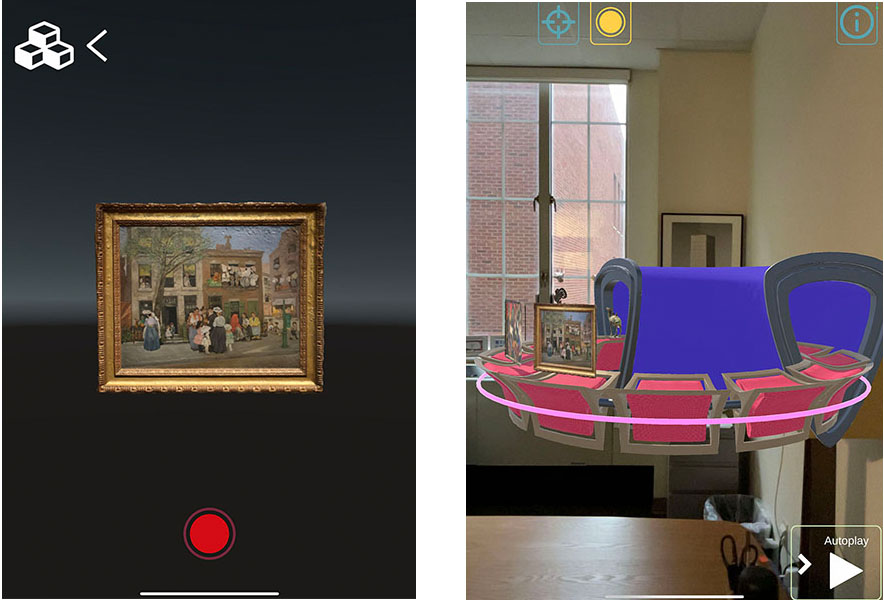
HOW IT WORKS: Lessons are accessible on a CocoCast AR app for tablets. On the left is a screenshot of 3D model of the painting Sunday Morning, by Jerome Myers, part of the Memorial Art Gallery collection. The model allows students to explore the painting from multiple angles. Says Stephanie Ashenfelder, director of the Undergraduate Program in Digital Media Studies at Rochester: “The recorded 3D model is then placed in a carousel in the app. Students are invited to make a work of art from a lesson plan that is built around the captured model. These works are then scanned and placed in the carousel as well. Students then record an audio ‘cast’ to go with their work of art.” (Images provided)
For example, they envisioned a downloadable app that would provide users with additional information about the museum and the pieces inside, in the form of text, images, or videos. According to Ashenfelder, in one iteration the students “imagined an AR piece where you would hover over paintings to learn more about them and the person who created them.”
At the close of their senior year, they had a detailed proposal and had completed ample work on the content. That led Blunt and Ashenfelder to submit the proposal for the $1M Museum Initiative, a joint project of Verizon and New York University’s NYC Media Lab.
NYC Media Lab and Verizon launched the $1M Museum Initiative early in 2022, building on an earlier program called the 5G EdTech Challenge. The Museum Initiative connects educators with museums, science centers, aquariums, and cultural institutions to showcase original educational technologies that can serve as tools in the classroom to create more engaging learning experiences.
A few days after commencement, the team learned they were one of nine winners nationally of a $100,000 grant from the initiative.
The inaugural lineup of winners included, in addition to the MAG-Digital Media Studies partnership, such institutions as the Belle Isle Conservancy in Detroit, the Children’s Creativity Museum in San Francisco, the Museum of Contemporary African Diasporan Arts (MoCADA) in Brooklyn, and The Franklin Institute in Philadelphia.
With the exception of Jiang, who went on to graduate school, the team members, now all graduates, stayed in Rochester to work as employees on the new initiative. Throughout the summer and fall, the new graduates, Ashenfelder, and staff members at MAG worked to develop new, immersive, AR-based educational content targeted to curricula for second-grade students.
Help from MAG’s Expanded Learning Collaboration
“Once we got the grant and began working on this wonderful project, I think the feeling was that our teamwork hadn’t changed. If anything, we’re more driven and more dedicated, and it’s nice to be working toward an admirable goal,” says Martin. “And working with your friends.”
Over the summer, Romanazzi and Karboga were hired as project directors, and Martin and Oruc later joined as IT. Among the assignments, Romanazzi explained that meeting the New York state curriculum requirements and working with content advisors to develop appropriate language for second graders, for example, was important. With the help of the established curriculum and assistance from Sydney Greaves, the Estelle B. Goldman Assistant Curator of Academic Programs at MAG, and from the museum’s Expanded Learning Collaboration, the grant team worked on writing lesson plans to implement with students in the Rochester City School District.
So, what kind of experiences are available to these young students? Equipped with provided tablets, a room full of second graders will use the CocoCast AR app to access multimedia casts that share galleries of 3D models of real-life objects accompanied by audio explanations. Prompted by the teacher, they will discover the painting Summer Street Scene in Harlem by Jacob Lawrence, which is part of the lesson plan “Life in a Community.” The activity allows a student to investigate the painting virtually by zooming closer into the art, examining the colors and brush strokes. Then, they can go through a lesson plan with their instructor, which could be about the community they live in, and how communities have changed over time. They might discuss where painters must have lived when they created particular paintings. A second lesson plan invites students to respond to the art by creating their own piece, and then scanning it back into the portal. The end result is a digital gallery of the students’ art—a curated environment that becomes the setting for new lessons the instructor can create.
Says Abran Maldonado, director of the NYC Media Lab’s 5G EdTech Challenge: “The MAG-RCSD Expanded Learning Collaboration is a unique component of their project, and it caught our attention from the start, as it’s designed to take students out of the classroom and into the art museum so they can explore art and culture firsthand.”
Now, he says, “we’re able to enhance this learning by introducing the fundamentals of augmented reality and photogrammetry through virtual 3D models of significant artworks.”
“We’re very fortunate to have been able to work with the Memorial Art Gallery/University of Rochester team.”
Read more
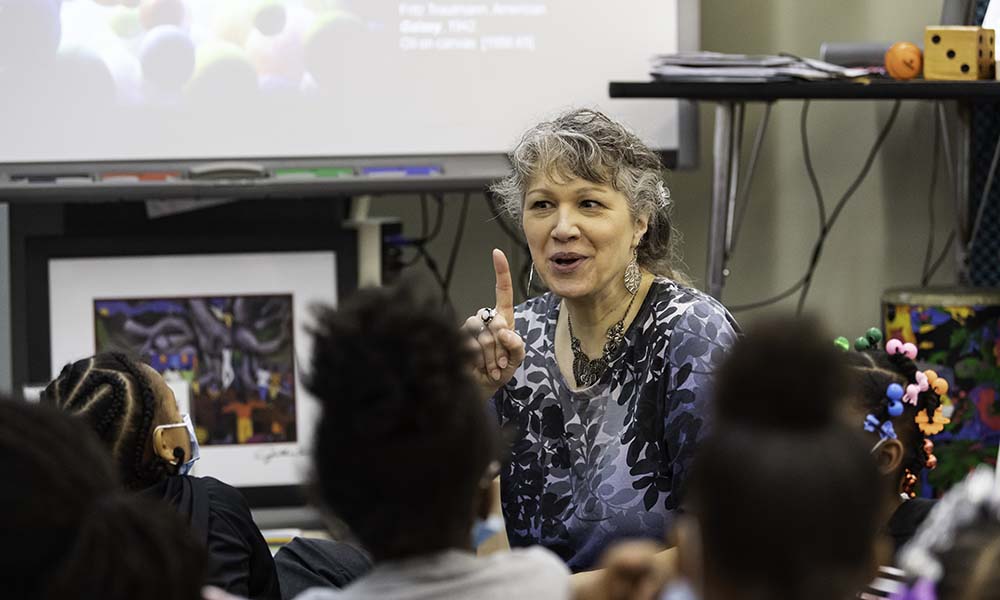 Arts integration deepens students’ understanding
Arts integration deepens students’ understanding
A partnership between City of Rochester schools and the Memorial Art Gallery leads to innovation in arts education and furthers the museum’s mission to serve the Greater Rochester community.
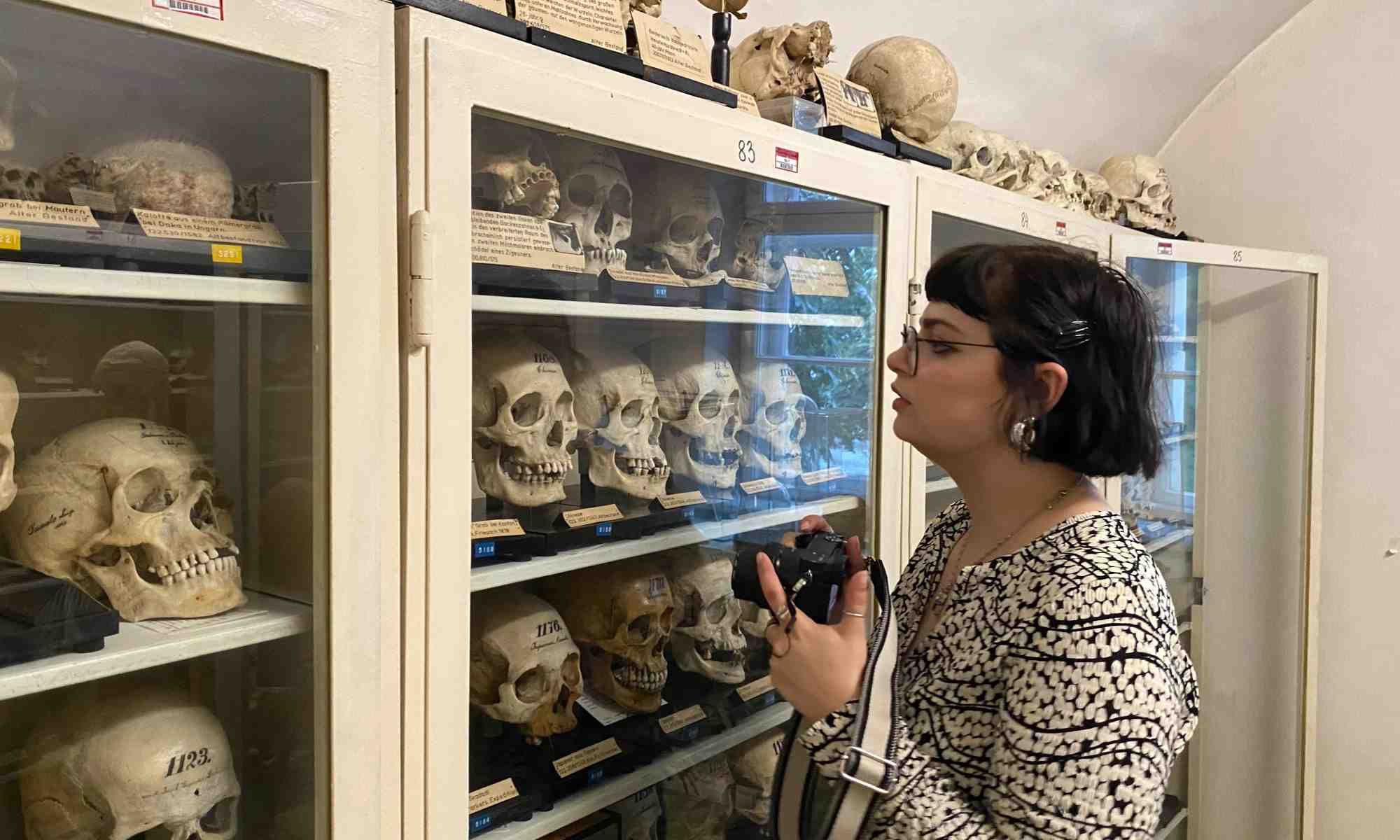 Rochester senior probes the ethics of dark tourism
Rochester senior probes the ethics of dark tourism
A research project sends Julia Granato ’23 crisscrossing Europe to study human bone collection and display sites. Now she’s pondering what it means to display and visit human remains.
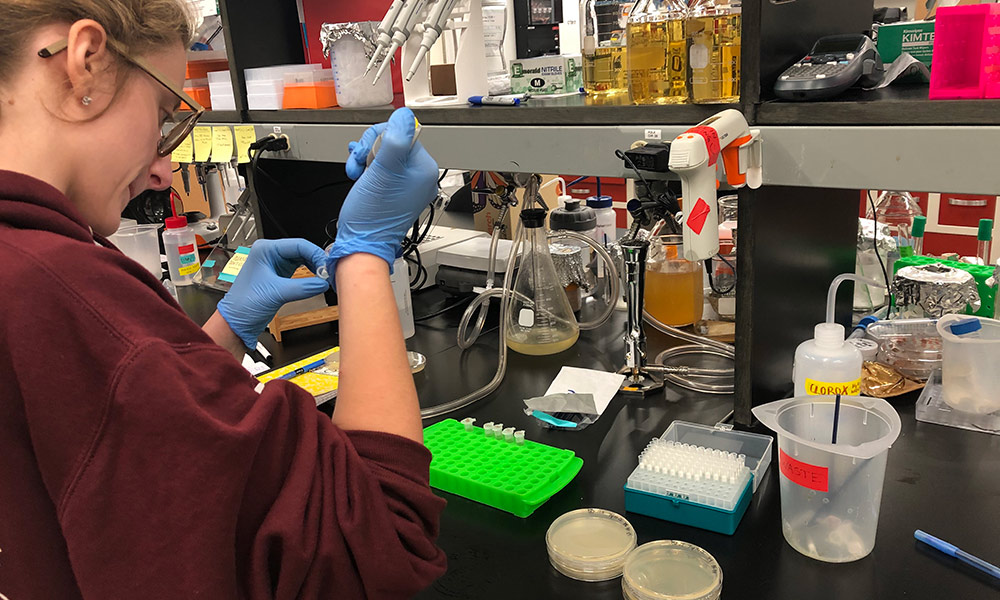 Rochester’s Grand Challenges Scholars frame research in broad contexts
Rochester’s Grand Challenges Scholars frame research in broad contexts
The program adds entrepreneurship, global experience, interdisciplinary study, and service to students’ “solution-oriented” tool kit.

